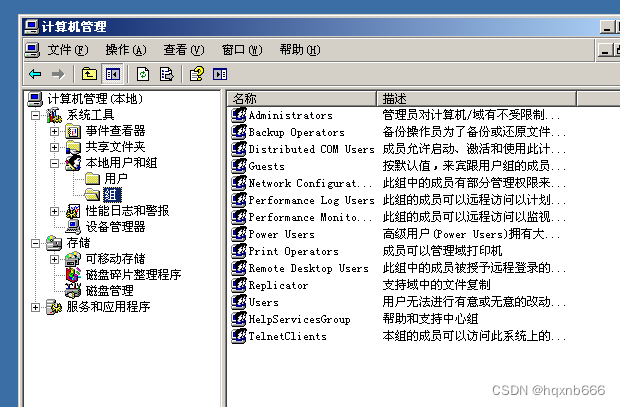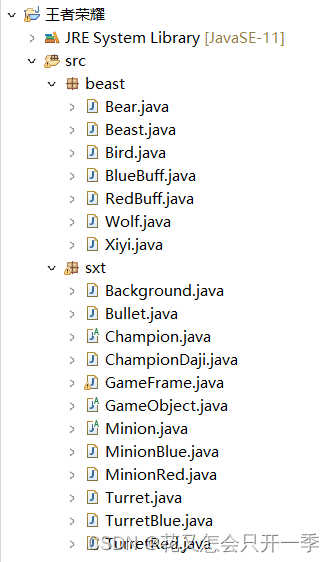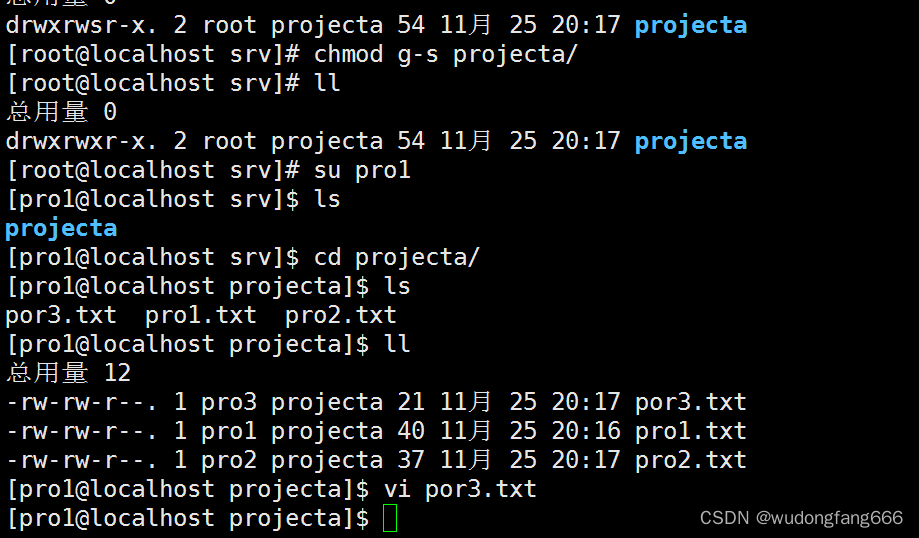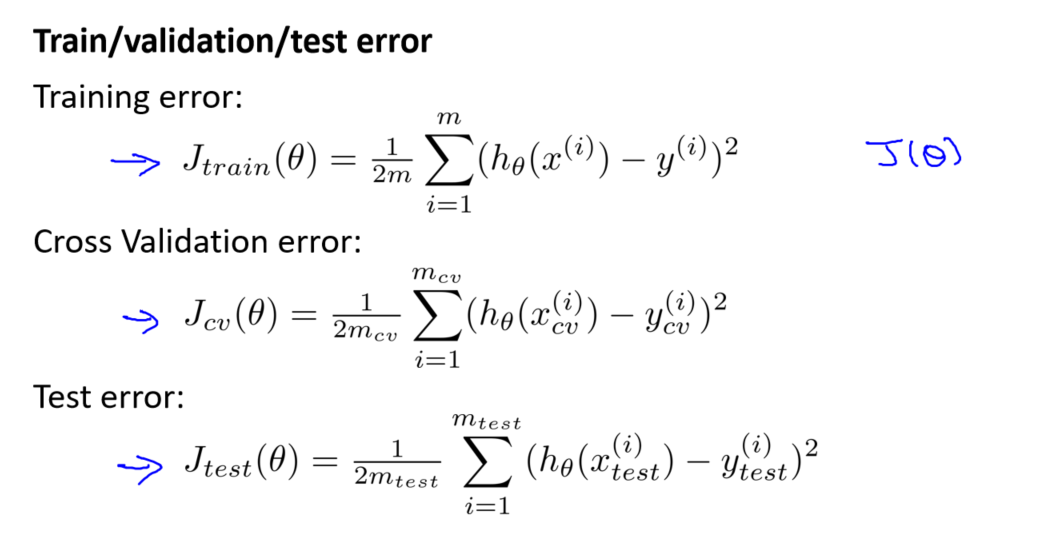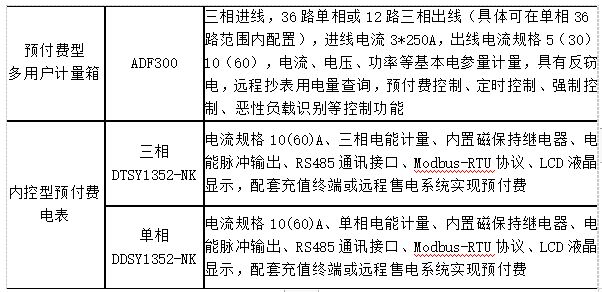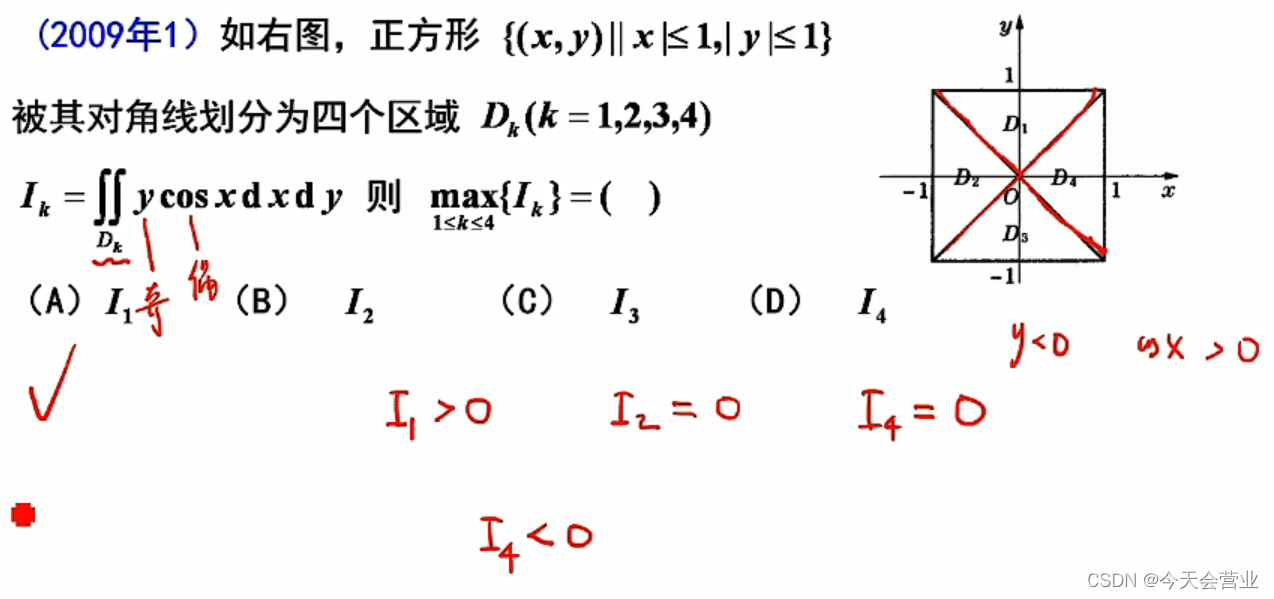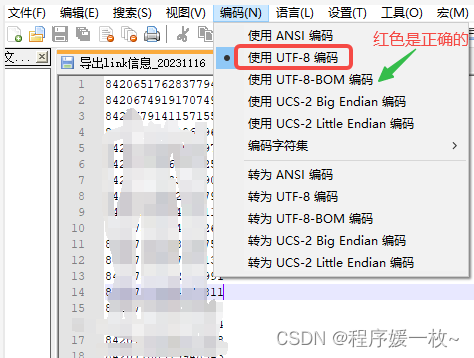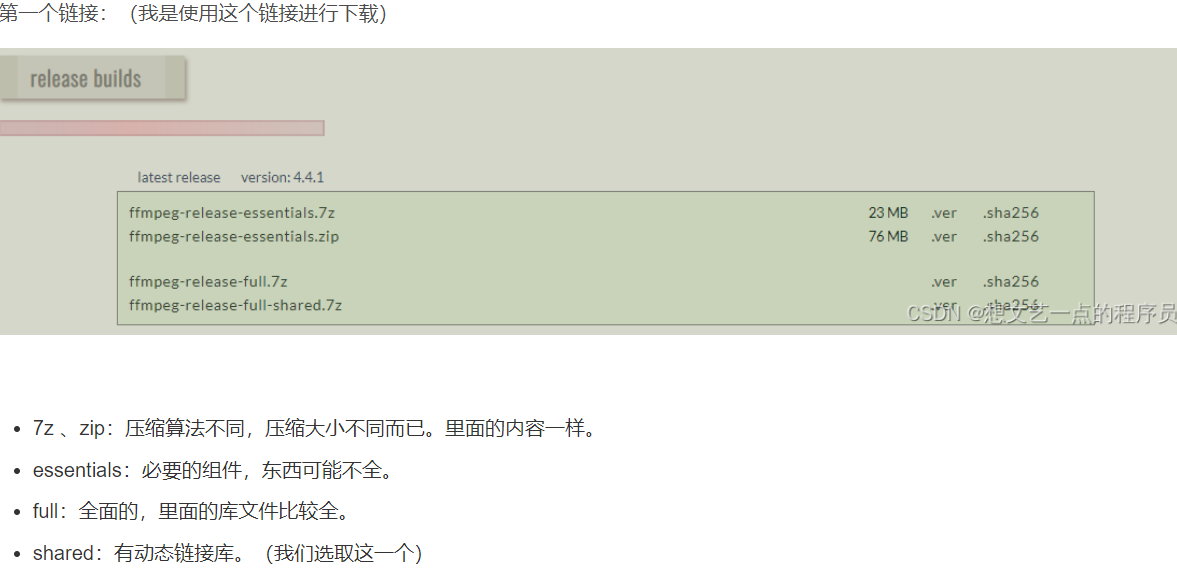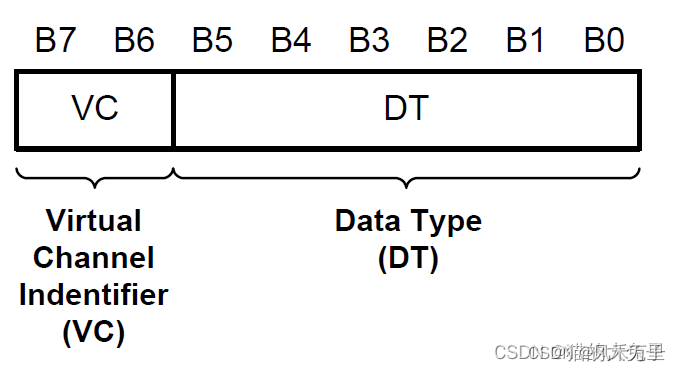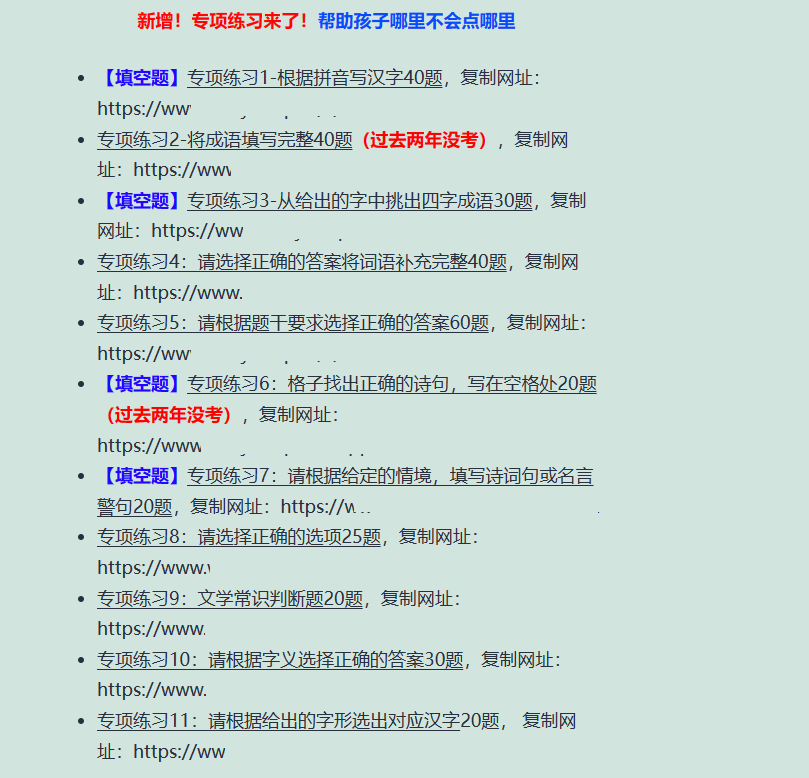25. K 个一组翻转链表
这道题本质上还是用的反转前n个链表的思想。
具体细节如下:
先调用一次函数,使用一个newHead接受返回值,这个是为了方便最后函数的返回。
调用reverseN这个函数的时候,要标记反转这段链表的前置节点和后置节点。后面会用到。
反转后的这部分区间的链表,node接受前置节点,tail接受后置接点。
记住,前一个区间的tail节点就是区间中的最后一个节点,这个节点要放到tail_temp中,然后调用reverseN后,会得到新的tail节点,让tail_temp->next指向tail节点,这样两个区间就会接上。
ListNode* dummy = nullptr;
ListNode* tail = nullptr;
ListNode* reverseKGroup(ListNode* head, int k) {
int length = 0;
ListNode* temp = head;
if(k == 1){
return head;
}
/*计算链表长度*/
while(temp){
temp = temp->next;
length++;
}
//减一是因为第一次的时候,要确定head指针
int loop = length / k - 1;
ListNode* newHead = reverseN(k, head);
head = dummy;
for(int i = 0;i < loop;i++){
head = dummy;
ListNode* tail_temp = tail;
ListNode* node = reverseN(k, head);
tail_temp->next = node;
}
return newHead;
}
ListNode* reverseN(int n, ListNode* head){
if(n == 1){
dummy = head->next;
return head;
}
ListNode* last = reverseN(n-1, head->next);
head->next->next = head;
head->next = dummy;
tail = head;
return last;
}
剑指 Offer 06. 从尾到头打印链表
-
递归的做法
其实做了这么多次回头再来看这道题发现一个问题,即链表的本质是改变连接方向就行,而在改变连接方向的时候一定要断开之前的链子,即
node->next=nullvector<int> reversePrint(ListNode* head) { vector<int> res; ListNode* newHead = reverse(head); while(newHead){ res.push_back(newHead->val); newHead = newHead->next; } return res; } ListNode* reverse(ListNode* head){ if(!head || !head->next){ return head; } ListNode* tmp = reverse(head->next); head->next->next = head; head->next = nullptr; return tmp; } -
双指针递归的做法

这也不失为一种思路
-
用一个辅助栈就行
-
c++的reverse函数,放到数组里面直接反转
剑指 Offer 24. 反转链表
class Solution {
public:
ListNode* reverseList(ListNode* head) {
if(!head || !head->next){
return head;
}
ListNode* tmp = reverseList(head->next);
head->next->next = head;
head->next = nullptr;
return tmp;
}
};
剑指 Offer 35. 复杂链表的复制
-
暴力复制法
先复制俩表的next节点,然后依次寻找每个节点的random指针,时间复杂度 O ( n 2 ) O(n^2) O(n2)
-
辅助空间
整个hash表,记录一下random指针的位置,然后复制的时候填进去就行,空间复杂度 O ( n ) O(n) O(n)
-
终极牛逼法
时间复杂度 O ( n ) O(n) O(n)



第三步就是拆分
**关键点,不能改原链表,你加完重复链表之后需要复原,!!!**不然会报Next pointer of node with label 7 from the original list was modified.这种错误,表示修改了原链表
class Solution { public: Node* copyRandomList(Node* head) { if(!head){ return head; } Node* new_head = nullptr; new_head = head; //重复每个链表节点 while(new_head){ Node* tmp = new Node(new_head->val); tmp->next = new_head->next; new_head->next = tmp; new_head = new_head->next->next; } new_head = head; //重定义random指针 while(new_head){ if(new_head->random != nullptr){ new_head->next->random = new_head->random->next; } new_head = new_head->next->next; } //把处于偶数的链表拿出来 Node* copy_head = head->next; Node* copy_head_return = head->next; new_head = head; while(copy_head->next){ new_head->next = new_head->next->next; new_head = new_head->next; copy_head->next = new_head->next; copy_head = copy_head->next; } new_head->next = nullptr; return copy_head_return; } };
++++
树相关
树题目的总结
个人对递归的一些感悟。
递归的原理非常简单,就是函数出栈入栈。
但很多时候我们都会被递归绕晕,原因就是我们想的太复杂了。做题的时候,一定要先明确函数的定义是什么,然后根据定义来写递归语句。记住,千万不要跳入递归的细节,有时候不考虑细节反而容易实现,考虑细节的话可能会绕进去!
写树相关的算法,简单说就是,先搞清楚当前
root节点「该做什么」以及「什么时候做」,然后根据函数定义递归调用子节点把递归的问题放眼到三个节点中,即根节点,右节点左节点。
重中之重!!!!!!!
递归函数什么时候有返回值什么时候没有返回值,比如有 root->left = invertTree(root->left);这种和return searchBST(root->left,val);这两种代码到底有何区别的?
答:有以下三点:
- 如果需要搜索整棵二叉树且不用处理递归返回值,递归函数就不要返回值。(这种情况就是本文下半部分介绍的113.路径总和ii)
- 如果需要搜索整棵二叉树且需要处理递归返回值,递归函数就需要返回值。 (这种情况我们在236. 二叉树的最近公共祖先 (opens new window)中介绍)
- 如果要搜索其中一条符合条件的路径,那么递归一定需要返回值,因为遇到符合条件的路径了就要及时返回。(本题的情况)
普通二叉树相关
226. 翻转二叉树
只要把二叉树上的每一个节点的左右子节点进行交换,最后的结果就是完全翻转之后的二叉树。
只能用后序和前序,不能用中序。因为需要交换左右子节点,必须先知道左右子节点。如果用中序的话只知道左节点和根节点,不知道右节点,无法反转。
注意节点交换细节,和普通变量一样
TreeNode* invertTree(TreeNode* root) {
if(!root){
return NULL;
}
TreeNode* temp = root->left;
root->left = root->right;
root->right = temp;
root->left = invertTree(root->left);
root->right = invertTree(root->right);
return root;
}
112. 路径总和
二叉树路径问题解析
bool hasPathSum(TreeNode* root, int sum) {
if(!root){
return false;
}
sum -= root->val;
if(!root->left && !root->right){
return sum == 0;
}
return hasPathSum(root->left, sum) || hasPathSum(root->right, sum);
}
113. 路径总和 II
vector<vector<int>> res;
vector<int> tmp;
vector<vector<int>> pathSum(TreeNode* root, int targetSum) {
recurse(root, targetSum);
return res;
}
void recurse(TreeNode* root, int targetSum){
if(!root){
return;
}
tmp.push_back(root->val);
targetSum -= root->val;
if(!root->left && !root->right && targetSum == 0){
res.emplace_back(tmp);
}
recurse(root->left, targetSum);
recurse(root->right, targetSum);
tmp.pop_back();
}
116. 填充每个节点的下一个右侧节点指针
还是老样子,关注局部的三个节点,根左右,然后写出代码。
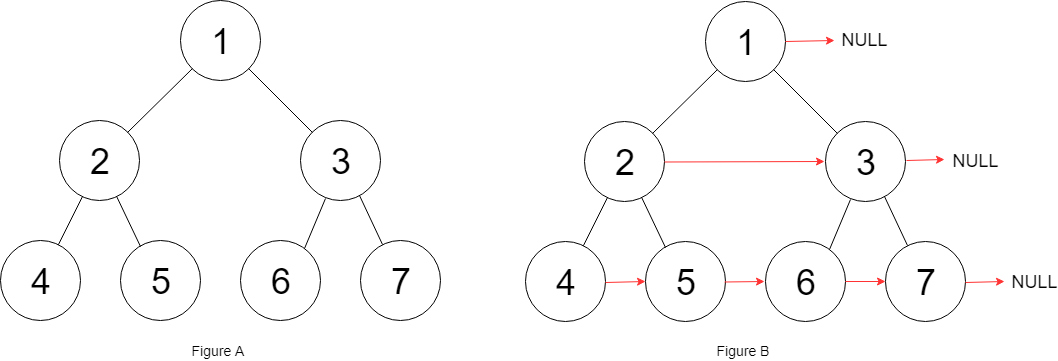
关键点不是2->3这种一个根节点下的节点,而是5->6这种不在同一个根节点下的。因此要借助5和6的上层节点2,3来解决问题。通过2到3,再到6,就可以链接5和6
Node* connect(Node* root) {
if(!root){
return NULL;
}
if(root->left){
root->left->next = root->right;
if(root->next && root->right){
root->right->next = root->next->left;
}
}
connect(root->left);
connect(root->right);
return root;
}
